Sightseeing spots for nature in Hokkaido (Northern & Eastern Hokkaido) from "Spring to Summer"
2024.2.15
Please check the latest information when you visit.
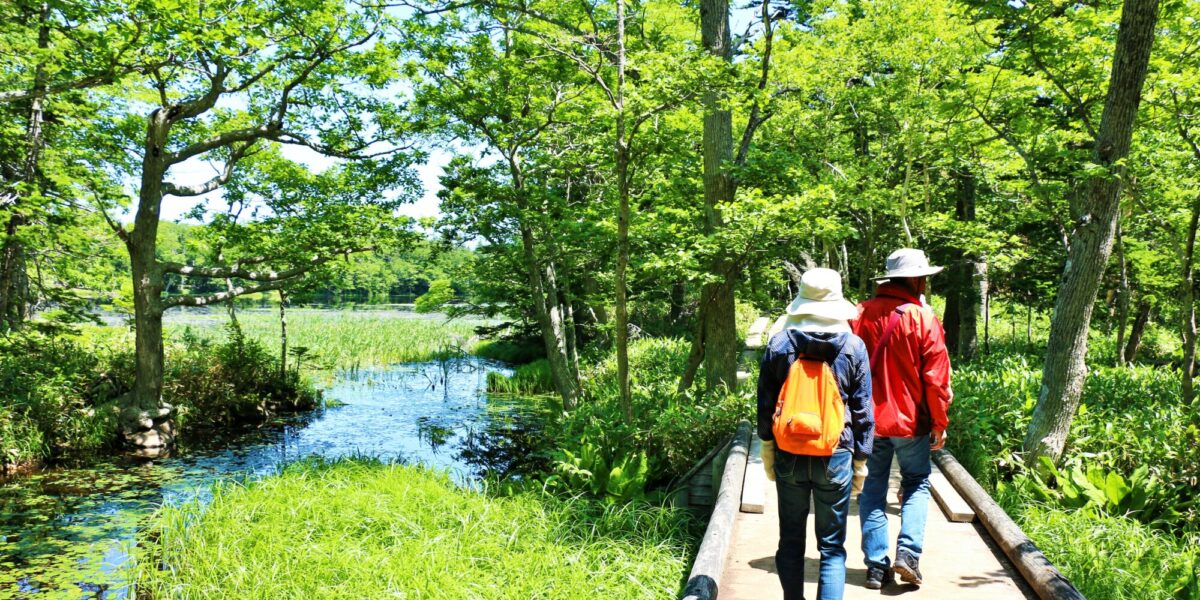
The nature of northern and eastern Hokkaido Spectacular scenery from spring to summer
The vast landscapes of Hokkaido are dotted with countless scenic wonders. In particular, the northern and eastern Hokkaido areas continue to captivate visitors with their unparalleled beauty. With the arrival of spring, a variety of wildflowers blossom across the vast meadows, transforming into lush greenery in summer. Autumn adorns the mountains with vibrant leaves, while winter reveals the dynamic power of nature through the tranquil silence of snow-covered peaks. In the northern and eastern Hokkaido areas, visitors can explore natural treasures like the Shiretoko Peninsula, a World Natural Heritage site, and Kushiro Marshland, Japan’s largest marshland. These areas offer abundant opportunities to observe unique wildlife and rare plants. Merely being in this region’s nature offers a profound sense of spiritual rejuvenation.
Mt. Asahidake, the highest peak in Hokkaido, is an ideal destination during the spring and summer months. Spring arrives in late May as Asahidake awakens from its long winter slumber, unveiling fresh greenery and the remnants of melting snow. At the mountain’s base, the blooming Mizubashou (Asian skunk-cabbage) signals the onset of spring. In summer, the area transforms into a haven of alpine flora. A two-hour walk leads to Sosoai-daira, a field brimming with alpine flowers, offering a glimpse into the rich natural environment akin to the alpine settings found at 3,000 meters in Honshu. Many species of alpine plants are visible around Sugatami Pond. The Asahidake Ropeway provides convenient access to the mountain’s higher elevations, reaching up to 1,600 meters above sea level. At the Asahidake Visitor Center, visitors can gather weather and nature information for a safe outdoor experience. Nearby Asahidake Onsen offers a perfect spot for relaxation with its hot springs, ideal for soothing fatigue after a hike or walk.
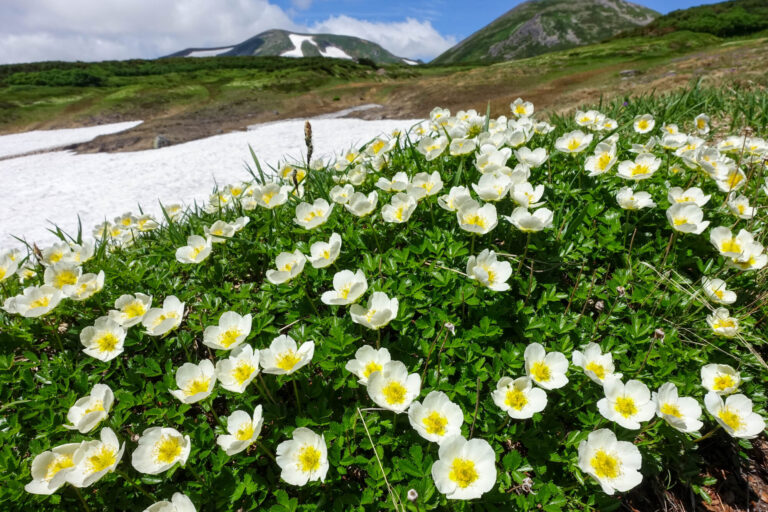

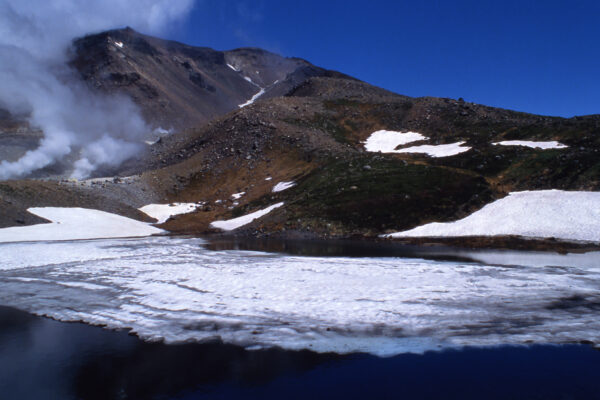
Hagoromo Falls, situated in Higashikawa Town, ranks among Japan’s 100 most famous waterfalls and claims the title of the highest drop in Hokkaido. Plunging approximately 270 meters, it is nestled in Tenninkyo on the eastern flank of the Daisetsuzan mountain range. The falls, fed by the tributaries of the Chubetsu River, cascade down in seven stages, with two streams merging midway to create a magnificent spectacle of natural artistry. A trek of approximately 1 hour and 15 minutes from Tenninkyo Onsen Hot Spring Resort leads to the falls, offering vistas of fresh greenery in spring and summer, and spectacular autumn foliage in fall. Upon reaching the waterfall’s viewing platform, a clear day unveils the towering presence of Asahidake (Mt. Asahidake) in the backdrop, offering a breathtaking perspective on nature’s grandeur. Encircled by Daisetsuzan National Park, the area around the waterfall welcomes visitors to immerse in the beauty of all four seasons. Particularly in spring, as the waterfalls swell with snowmelt, their volume and force intensify, making it an ideal period for hiking and trekking to rejuvenate amidst the splendor of the great outdoors.
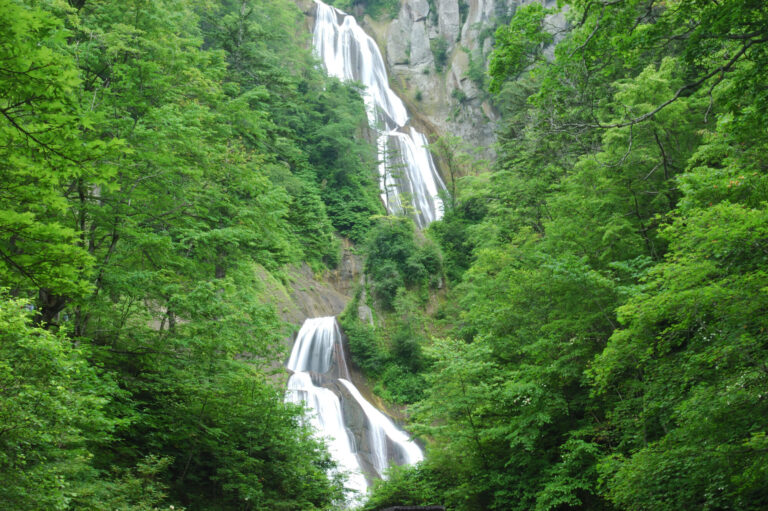
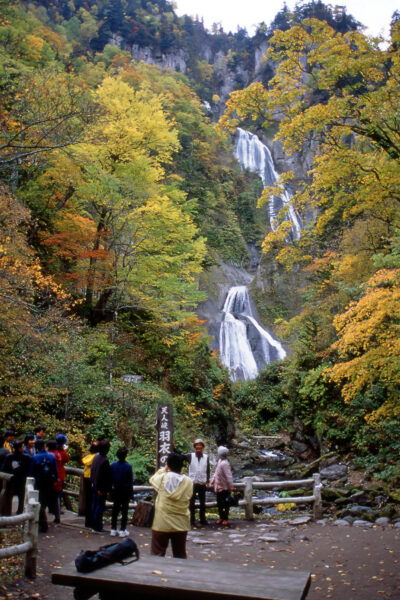
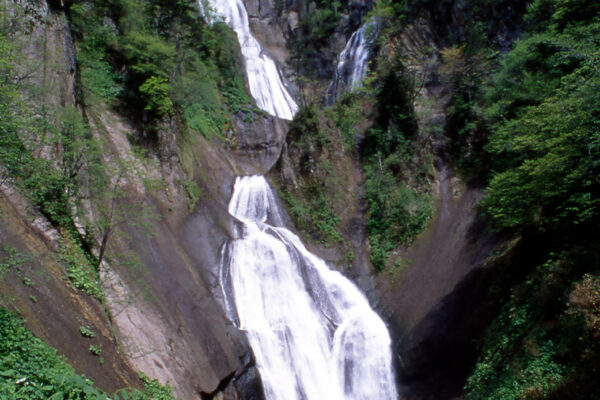
Located in Asahikawa City, Shujitsu Hill is a breathtaking vantage point offering expansive views of Hokkaido’s landscape. Just 15 minutes by car from Asahikawa Airport, the hill presents panoramic vistas of the region’s rolling hills. From spring through summer, vibrant greenery and blossoming flowers enrich the landscape, showcasing Hokkaido’s unique natural beauty. The view encompasses the Daisetsuzan and Tokachidake mountain ranges, the towns of Asahikawa and Biei, and extensive farmlands. The approach to the hill features roller-coaster-like undulations, adding excitement to the drive. Here, visitors can savor the tranquil sounds of nature, from birds chirping to the wind’s gentle howl, offering a peaceful respite from daily life. An ideal spot for nature lovers and photographers, it’s also a popular filming location for TV dramas and commercials.
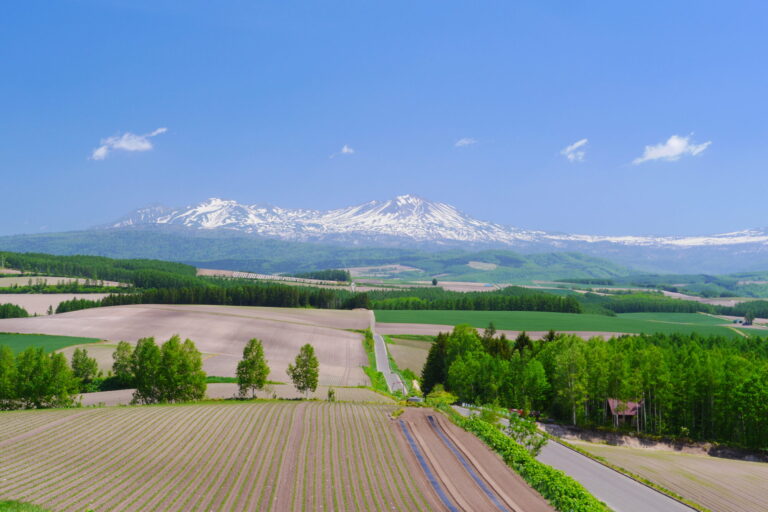
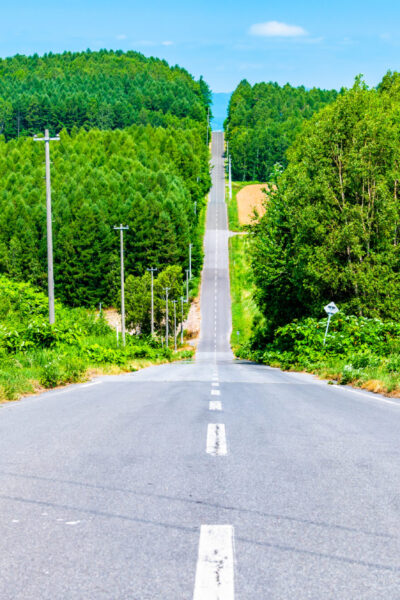
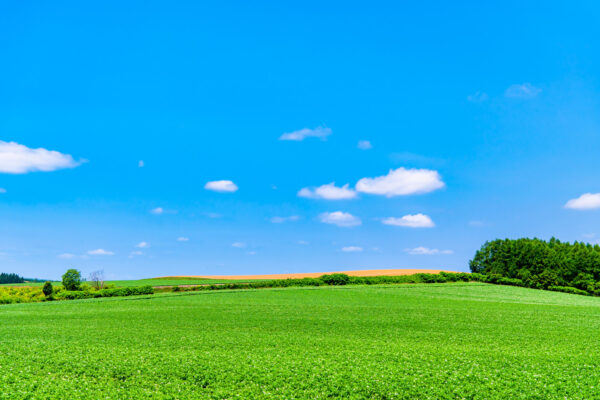
Shirogane Blue Pond (Aoiike) in Biei Town, famous for its mysteriously blue waters, is particularly stunning from spring through summer, drawing visitors to its unique blend of natural beauty and human intervention. The pond’s striking blue color results from colloidal mineral particles in the water scattering sunlight, a phenomenon that becomes even more vibrant on sunny days. In spring, melting snow fills the pond, while the fresh greenery of summer further enhances its blue hue. Visitors can appreciate the pond’s changing colors throughout the day and the diverse beauty of the seasons. An established walking trail allows visitors to leisurely circle the pond, enjoying the serenity and natural splendor. Just a three-minute drive away, the roadside station Biei “Shirogane Birke” offers restaurants and shops, making it a perfect stop to complement your visit.

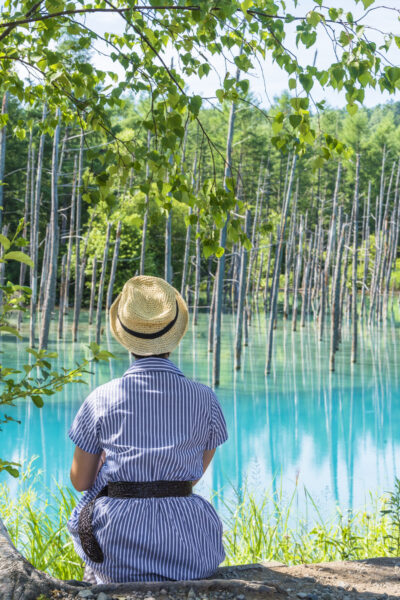
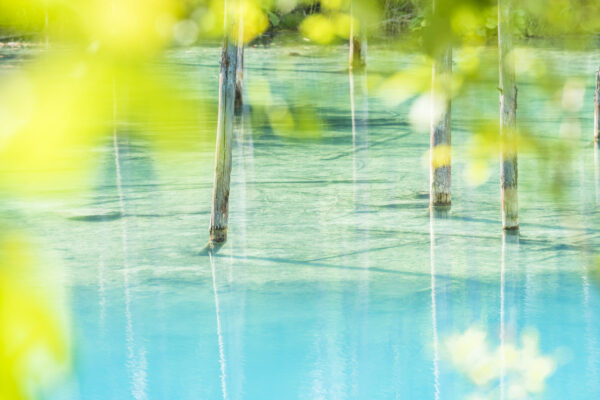
Shirahige Waterfall in Biei Town captivates visitors with its powerful cascade, reminiscent of a fluttering white beard. The waterfall, dropping from a height of about 30 meters, merges with the clear blue Bieigawa River, with its beauty particularly striking amidst the fresh greenery of spring and the vibrant autumn leaves. From the Shirogane Bridge over the Bieigawa River, one can admire the clear water rushing from the rock surface, cascading down in a display that evokes a white beard. This water originates from the underground springs of the Tokachi Mountain Range, emerging from cracks in the lava beds, making it one of the rare submerged waterfalls in Japan. The aluminum in this underground water imparts a mysterious blue color to the Biei River, earning it the nickname “Blue River.” Walking paths around the falls provide the perfect opportunity for strolling and taking photos while experiencing nature up close. Nearby day-trip hot spring facilities offer the perfect way to unwind in a local hot spring after exploring.
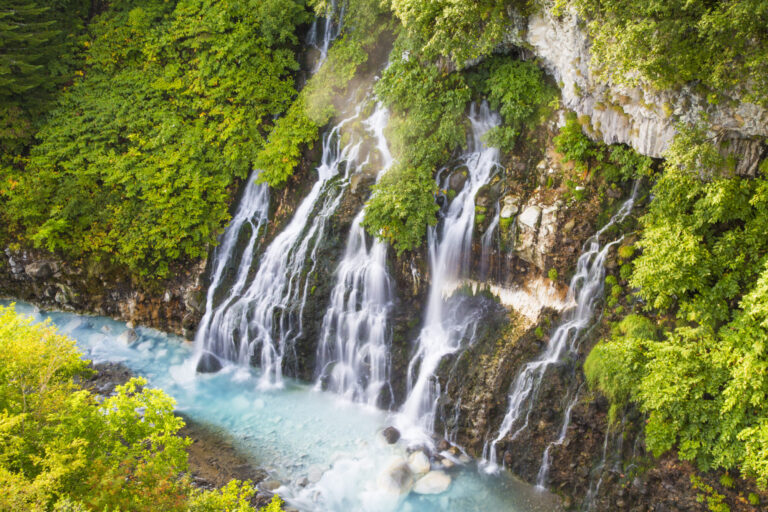

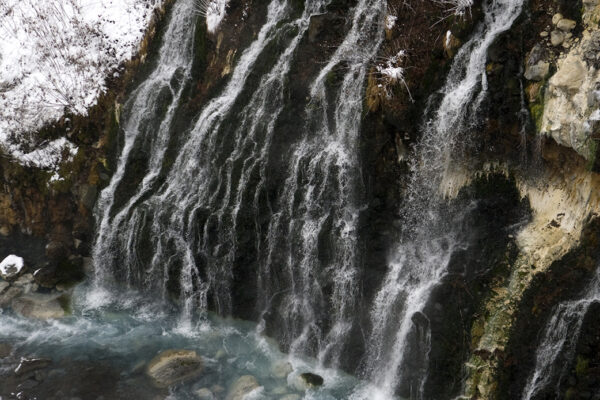
Tokachidake Observatory in Biei Town offers a full experience of Hokkaido’s magnificent nature. Located at an altitude of 930 meters on the way to Mt. Tokachidake from Shirogane Onsen, this viewpoint provides dynamic views of volcanic fumes and bare rock surfaces of the active volcano Mt. Tokachidake. From spring to summer, a 1.1-kilometer-long walking trail invites visitors for a 45-minute walk amidst abundant alpine flora. Summer allows for nature walks among diverse alpine flora, while autumn is particularly recommended for its stunning foliage. Tokachidake Observatory, serving as a base for mountain climbing in the Tokachi-dake area, offers a rest house and parking, catering to climbers and nature enthusiasts. Lucky visitors might even catch a glimpse of the Ezo night heron. The view from Tokachidake Observatory, against the backdrop of Hokkaido’s majestic nature and with a panoramic view of the hills of Biei and Furano, ensures unforgettable memories, embodying both the beauty of nature and the land’s formidable strength.
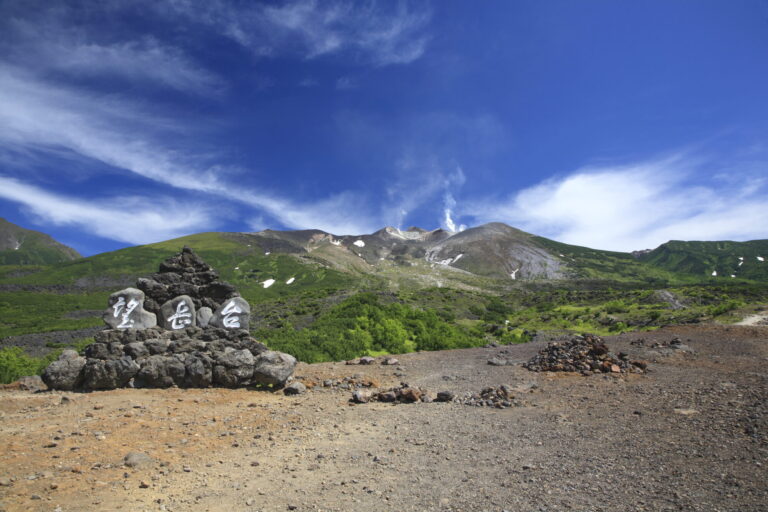
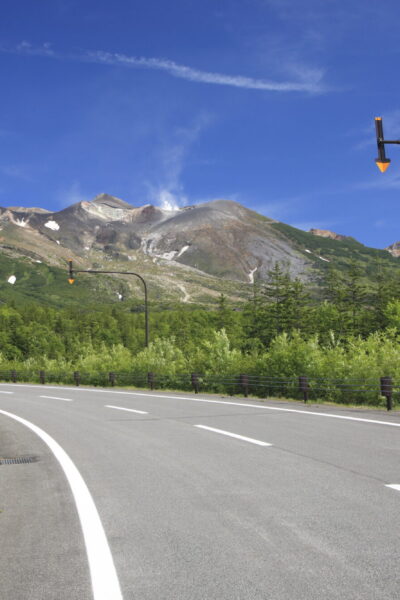
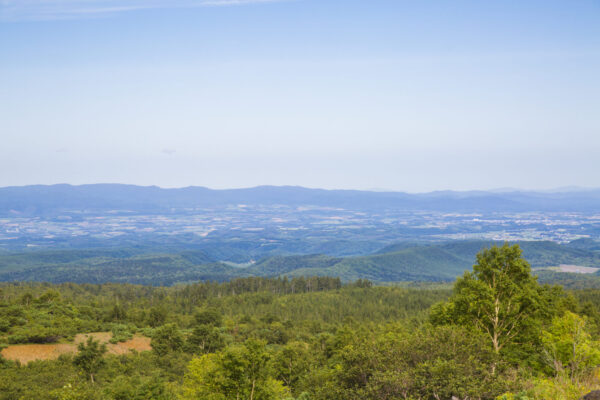
“Hoshino Resort Tomamu Unkai Terrace” in Shimukappu Village is a breathtaking location that embodies the vast nature of Hokkaido. This destination continues to captivate visitors, particularly from spring to summer, offering a mesmerizing view of a sea of clouds. Visitors can savor sweets and drinks at the Clouds Cafe at the gondola’s summit station while enjoying the spectacular scenery. Just a short walk from the gondola’s summit station, attractions such as the Cloud Walk, Sky Wedge, and Cloud Pool invite further exploration of the stunning vistas. Although the appearance of cloud seas largely depends on weather conditions, they most frequently occur in the early mornings from mid-May to mid-October, leaving visitors in awe of their fantastic beauty. The mystical experience of viewing the sea of clouds from near the summit of Mt. Tomamu feels like stepping into another world. Access to the Sea of Clouds Terrace is provided by a gondola ride from Hoshino Resort Tomamu, with the journey itself offering exceptional views.
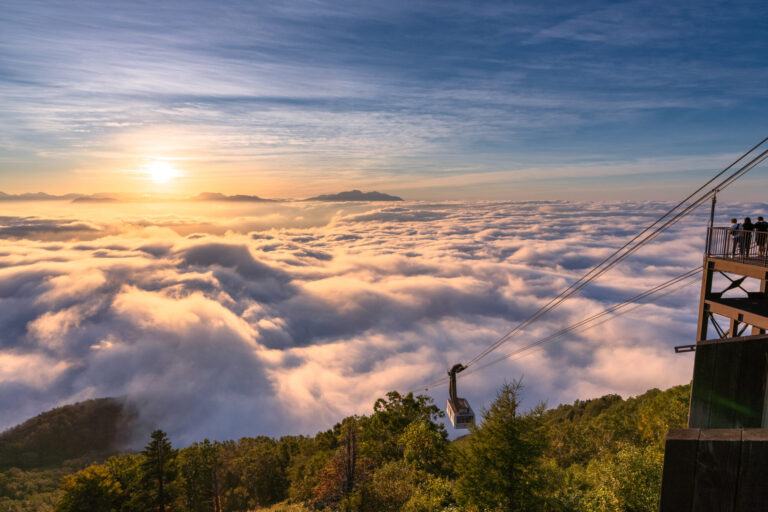
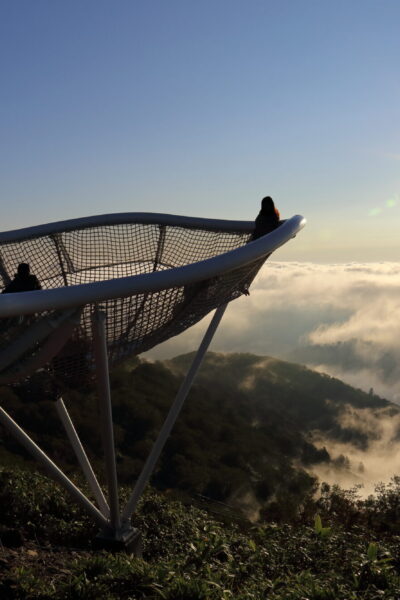
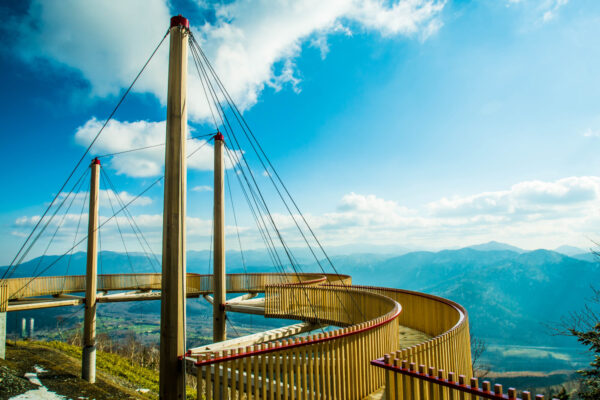
Sounkyo in Kamikawa Town is renowned for its magnificent natural scenery, featuring Ginga Falls and Ryusei Falls. The 120-meter Ginga-no-taki, named for its resemblance to a delicate white thread mirroring a galaxy, alongside the adjacent Ryusei Falls, are must-see attractions also known as Otoko no Taki (Male Falls) and Onna no Taki (Female Falls) for their distinctive beauty. The beauty of this area peaks in spring and summer, when lush greenery enhances the waterfalls’ splendor and the cool mist offers refreshing relief. Nearby, Takimintara offers a selection of local souvenirs, making it an ideal stop after exploring the falls. Furthermore, a 20-minute ascent from the Takimintara parking lot leads to an observation deck, where visitors can simultaneously behold the Ginga Falls and Ryusei Falls, offering a unique perspective on these natural wonders.

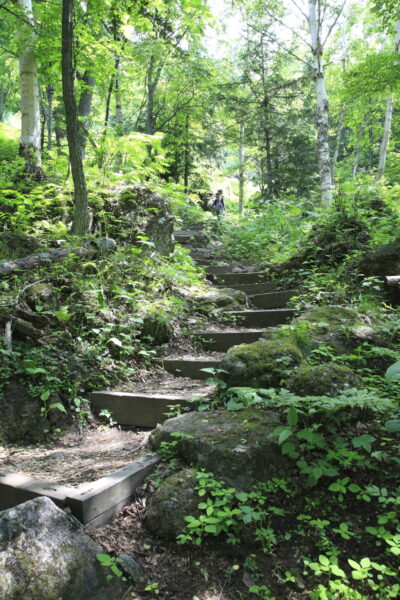
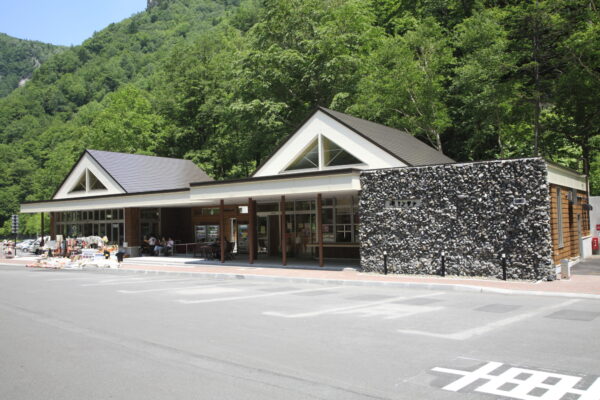
Mt. Kurodake, in Kamikawa Town within Daisetsuzan National Park, Hokkaido, is a renowned peak that draws tourists and mountaineering enthusiasts, particularly from spring to summer. As spring arrives, melting snow reveals fresh greenery and Chishimazakura cherry blossoms, while summer brings alpine flora and cooler temperatures, drawing visitors. On clear days, visitors may witness a mystical sea of clouds, an unforgettable sight. Convenient access to Kurodake is provided by a ropeway from Sounkyo, taking about 10 minutes to reach the fifth station, followed by a lift to the seventh station. From there, hiking trails for both beginners and experienced climbers lead to the summit. Beyond mountaineering, the abundant Sounkyo Hot Springs and nearby facilities offer the perfect respite for post-climb relaxation. Nearby restaurants showcase local ingredients, and souvenir shops offer regional specialties.
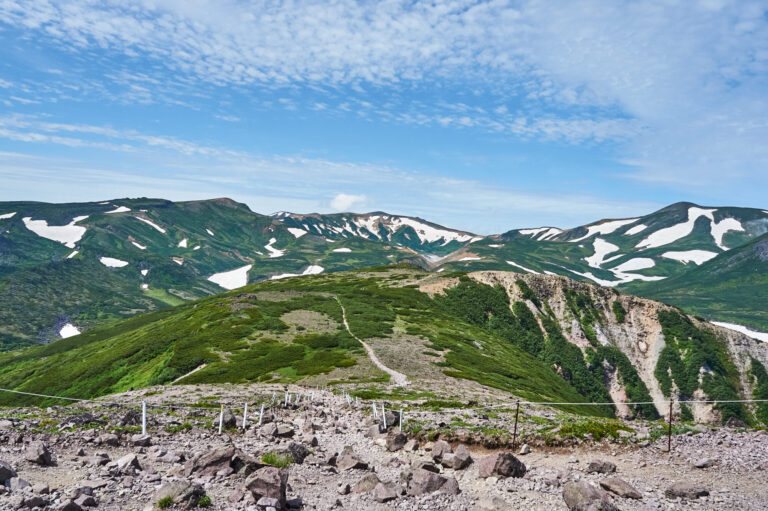
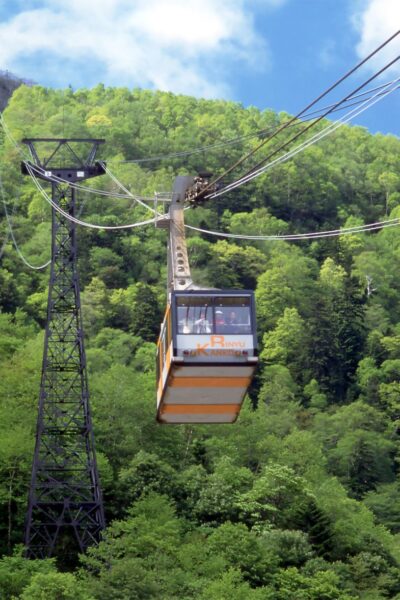
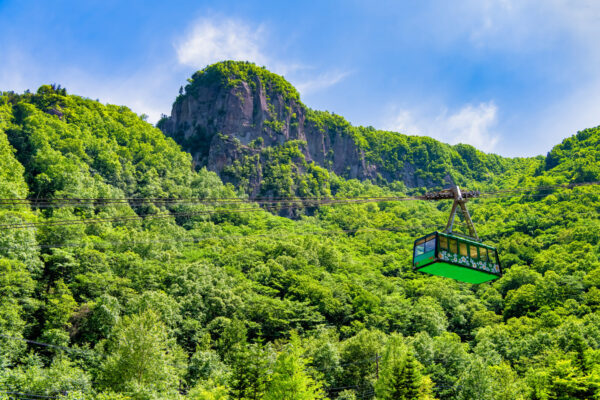
Stalactite Caves of Toma, a 135-meter-long limestone cavern, was serendipitously discovered in 1957 during limestone mining operations. Formed by water erosion on a karst plateau dating back to the Jurassic Period, about 150 million years ago, this cave is recognized as a natural monument of Hokkaido. Inside, the cave is segmented into five chambers across three levels—upper, middle, and lower. Visitors can admire various stalactites, including tube-like formations hanging from the ceiling and stalagmites rising from the floor. Particularly, stalactites of high purity and crystallinity shine with a transparency and radiance, resembling natural art. Inside, a cool temperature of around 10 degrees Celsius prevails, and illuminated stalactites create a mesmerizing atmosphere. The cave also serves as a unique cellar for maturing a local specialty sake, “Ryu-no-izumi,” under constant temperature and humidity, enhancing its distinctive flavor.

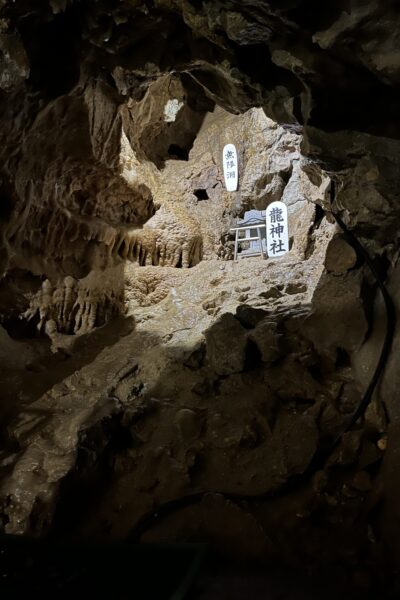
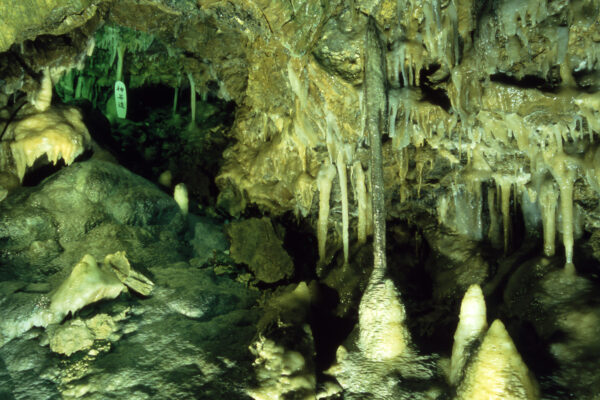
Located in Teshikaga Town within Akan-Mashu National Park, Lake Kussharo, Japan’s largest caldera lake, draws tourists year-round with its captivating beauty. The shores come alive with vibrant greenery and blossoming flowers in spring and summer, offering a tranquil setting that enhances the sense of passing time. The lake is renowned for the breathtaking sea of clouds that, under certain conditions, creates a mysterious tableau with the rising sun. Photographers and tourists flock to observatories such as Tsubetsu Pass, Bihoro Pass, and Mokoto Pass early in the morning to witness this natural spectacle. Additionally, the lake area offers a variety of seasonal activities: spring showcases the captivating sight of ice melting, while summer invites canoeing and kayaking on the lake and Kushiro River, providing unique ways to experience its natural splendor.

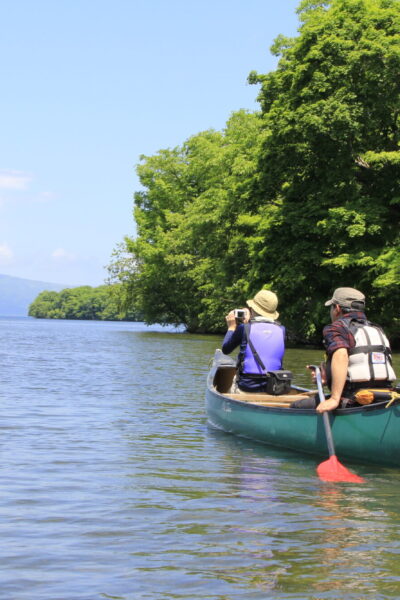
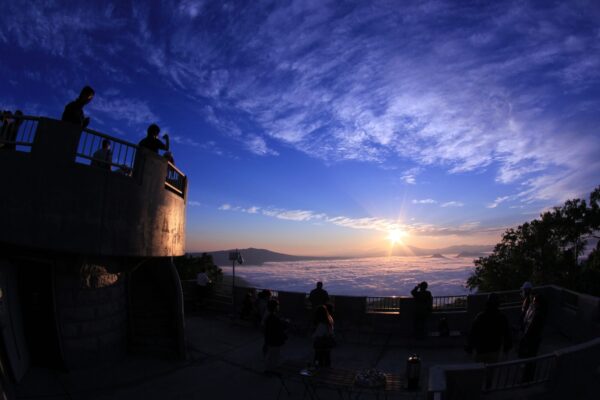
Lake Onneto in Ashoro Town, nestled within Akan-Mashu National Park, is renowned for its enchanting and mysterious beauty. In the Ainu language, the name translates to “old swamp” or “big swamp.” From spring to summer, the lake captivates with its ever-changing hues, transforming from dark blue to emerald green, and then to clear blue, influenced by the weather and viewing angle. Along the lake, walking trails offer serene strolls amidst the vibrant greenery of spring and the crisp air of summer. The lake, framed by the majestic Mt. Meakan, is complemented by unique Hokkaido flowers like Ezomurasaki tsutsuji (Rhododendron metternichii) and Ezokisuge (Rhododendron pseudochrysanthum), reaching peak bloom from June to July and creating a stunning lakeside spectacle. Whether marveling at the lake’s mystical color transformations or strolling amidst its lush surroundings, Lake Onneto invites you to immerse in the splendor of Hokkaido’s natural wonders.

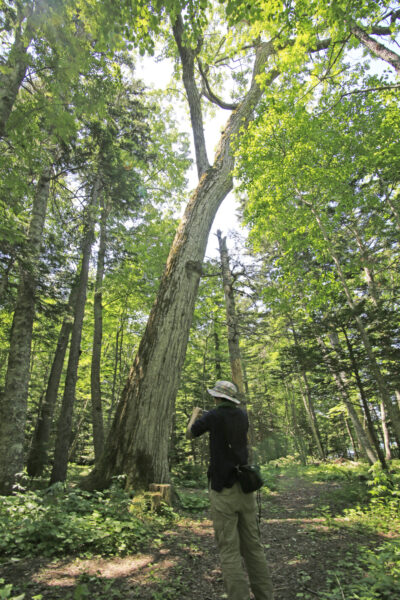
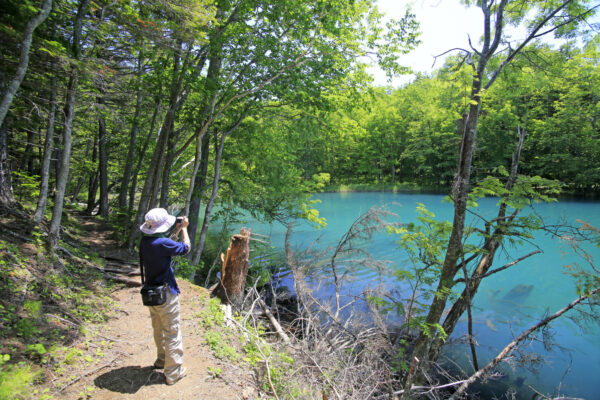
Kushiro Shitsugen, the largest marshland in Japan, showcases its beauty prominently from spring to summer. This extensive marshland hosts a unique ecosystem and diverse wildlife, which burst into life with the arrival of spring. The marsh is adorned with vibrant greenery, bringing to life flowers and grasses, including the Ezo lily and Asian skunk-cabbage, signaling the advent of spring. Summer transforms the marsh into a verdant meadow, offering intimate encounters with its beauty via canoe trips on the Kushiro River and explorations on boardwalks. These activities provide unparalleled perspectives of the marshland’s flora and fauna. From spring to summer, Kushiro Marsh stands as a testament to nature’s marvels, making it an essential visit for those seeking to explore its rich ecosystem and breathtaking vistas.

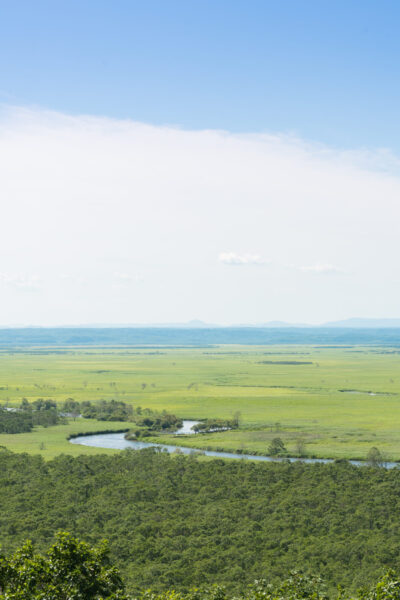
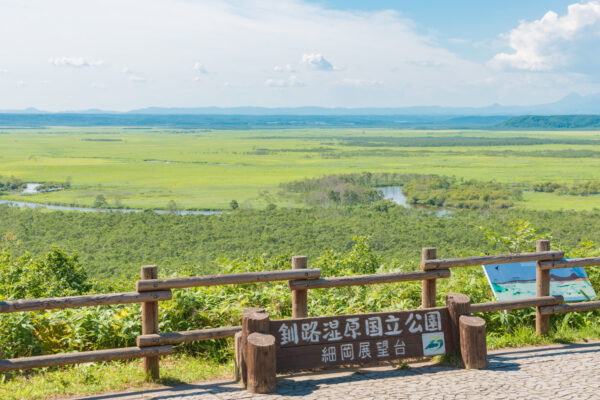
Shiretokogo Lake in Shari Town is nestled within a World Natural Heritage Site, offering a window into its distinct natural beauty and diverse ecosystem from spring to summer. Encircled by pristine forest, these serene lakes epitomize the area’s tranquil charm. As spring arrives, melting snow unveils vibrant greenery, while in summer, the lakes shimmer under the sunlight, mirroring the lush landscape. This period allows for the observation of a diverse array of wildlife and flora, especially with the blossoming of vibrant wildflowers, providing a tranquil experience for visitors. Along the paths, you may spot sika deer and other wildlife from a distance, offering glimpses into the rich local ecosystem. The park can be navigated through elevated wooden walkways for leisurely strolls, or by taking ground-level trails for an intimate encounter with Shiretoko’s pristine forest, enhancing your immersion in the natural environment.
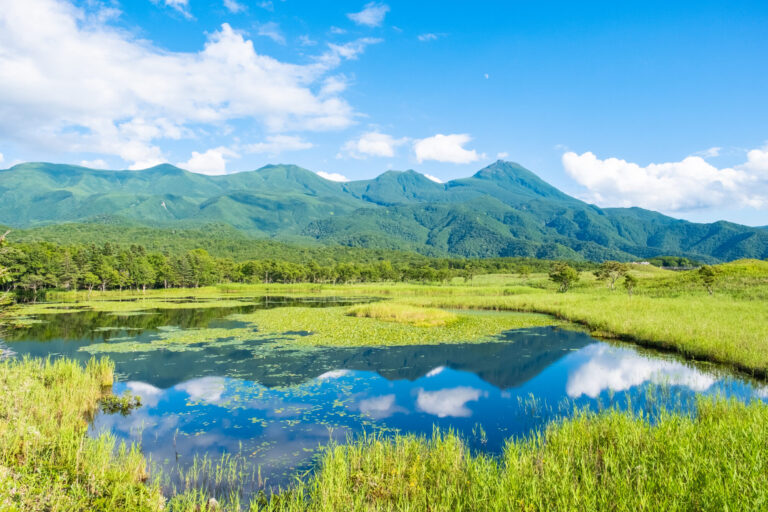
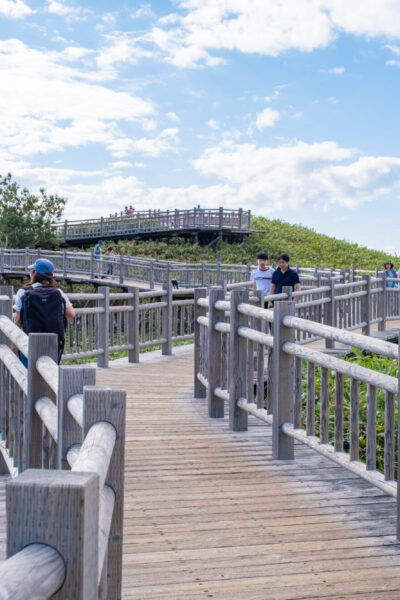
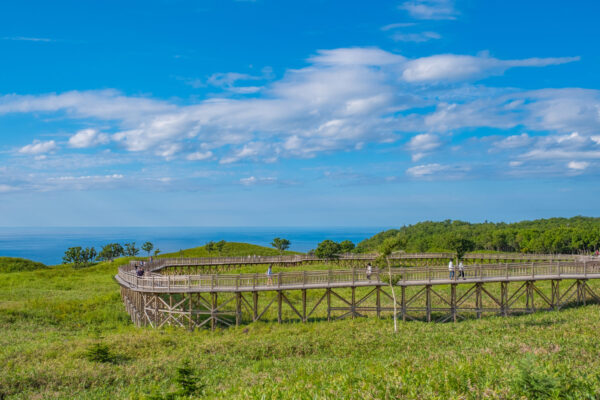
Located in Otofuke Town, Tokachi Pasture is lined with white birch trees, presenting a spectacular view emblematic of Hokkaido. The 1.3-kilometer-long tree-lined avenue, planted by ranch employees around 70 years ago, showcases the beauty of Hokkaido’s natural environment. With spring’s arrival, melting snow gives way to vibrant greenery, as white birch leaves turn a vivid green, while summer brings a refreshing breeze through the dense foliage. Recognized as a “beautiful forest” by Otofuke Town, its picturesque beauty has served as a backdrop for TV dramas and movies. Visitors can enjoy strolling, cycling, or driving along this picturesque avenue. These birch trees, part of the Betulaceae family, are deciduous broad-leaved trees characteristic of Hokkaido, with white, smooth, and beautiful bark, symbolizing the region. The ranch’s hilltop observatory offers panoramic views of lush pastures and the majestic Tokachi mountains, inviting visitors to immerse in the serene landscape.

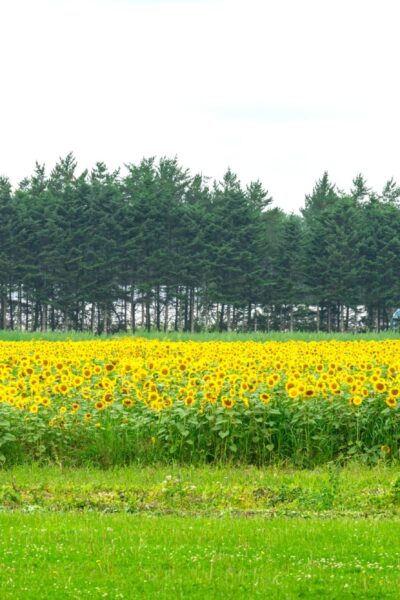
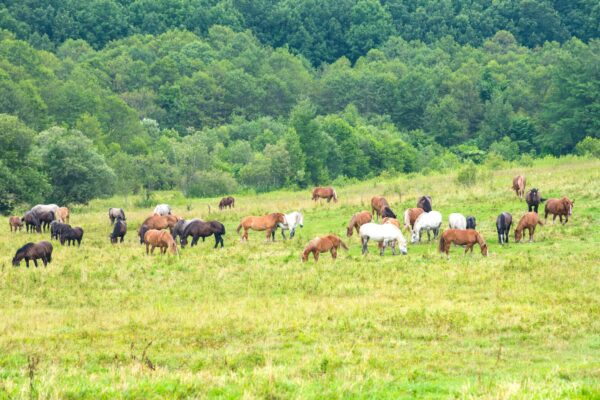
From spring to summer in Rausu, set against the majestic backdrop of the Shiretoko mountain range, visitors have the unique opportunity to observe various species of whales up close, including orcas (killer whales), sperm whales, and humpback whales. Orcas, particularly renowned for their sightings in May, captivate with their powerful jumps and dorsal fins. By June, both sperm whales, the world’s largest diving animals with their immense size and distinctive head shape, and humpback whales, celebrated for their acrobatic breaching and tail fin slapping, grace the waters off Rausu’s coast. Whale watching in Rausu, including orcas, offers an intimate experience with these majestic creatures, guided by experts in small boats, making it a memorable way to witness the grandeur of marine life.
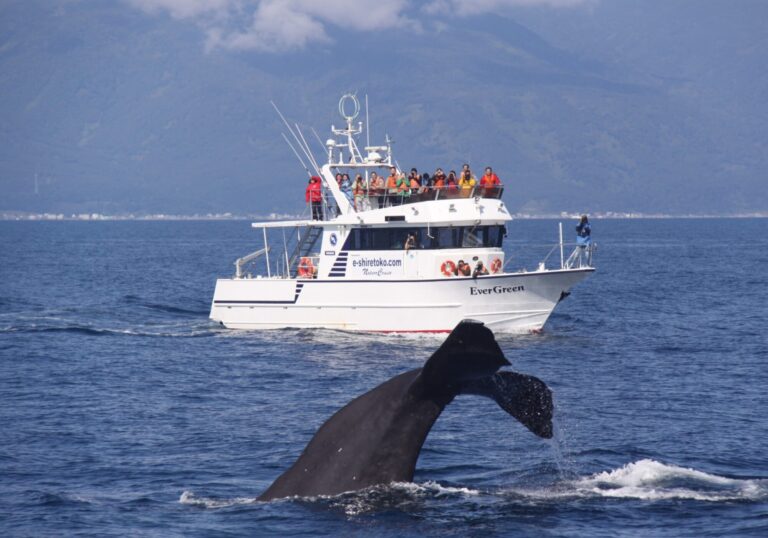

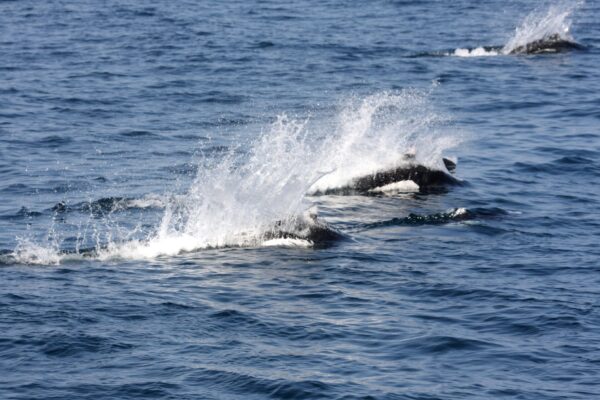
The Taushubetsu River Bridge, located in Kamishihoro Town, is part of a collection of concrete arch bridges from the former Japan National Railways Shihoro Line. During the lush, green seasons of spring and summer, the bridge piers and their reflections on the water surface create a fantastically beautiful scene. Between June and July, the area around the piers comes alive with a variety of blossoming flowers, with the vibrant yellow Ezo daylilies spreading across the lake being particularly breathtaking. The lake’s water level fluctuates seasonally, revealing the bridge on the frozen lake surface around January when the dam’s water is low, peaking around June, and submerging between August and October, although this varies due to different conditions each year. Visitors can admire the bridge from the Tausubetsu Observatory or opt for a guided tour with the NPO Higashi Taisetsu Nature Guide Center for a closer experience.

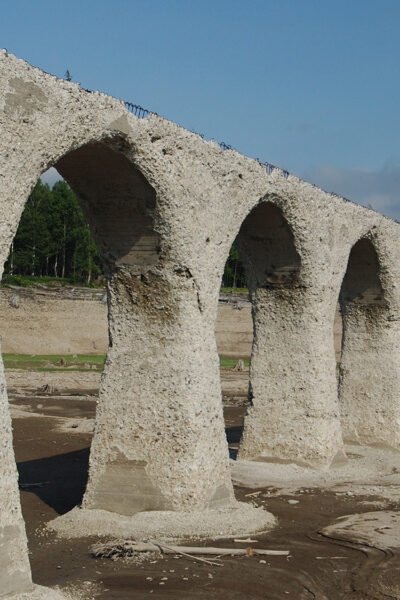
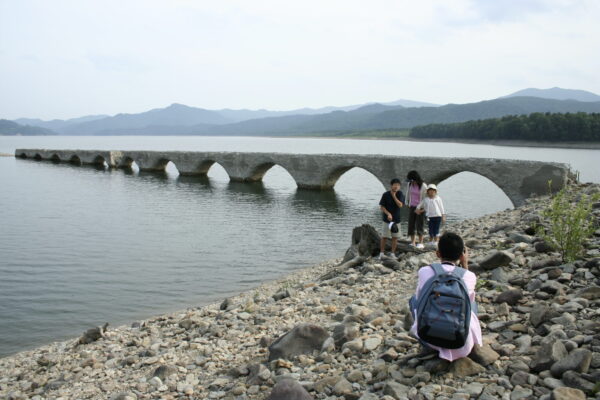
Located in Teshikaga Town within Akan Mashu National Park, Lake Mashu captivates visitors from spring through summer with its mysterious beauty. Renowned for its exceptional transparency, the lake displays the deep “Mashu blue” hue, particularly vivid on clear days. Spring enhances the lake’s clarity with meltwater, while summer sunlight amplifies its vivid colors. The optimal viewpoints are the First and Third Observatories, where the entire lake’s spectacular beauty can be fully appreciated. The spring and summer months often bring fog to the lake, adding to its mystical atmosphere, as if stepping into another world. The nocturnal allure of Lake Mashu is equally captivating, with a star-filled sky visible on clear nights, thanks to the minimal artificial light in the vicinity.

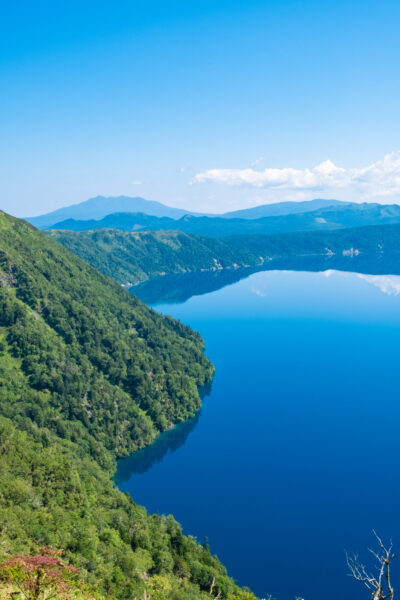
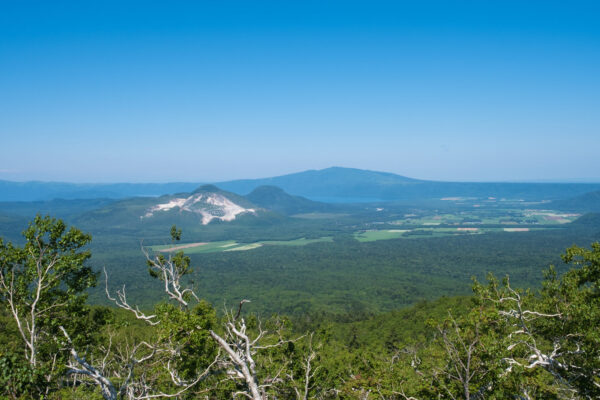
Todowara, situated on the Notsuke Peninsula in Betsukai Town, is characterized by the hauntingly beautiful dead Abies sachalinensis trees, eroded by seawater, creating a desolate beauty reminiscent of the world’s end. This landscape evokes the harshness of Hokkaido’s natural environment alongside the resilience of its flora and fauna. During summer, the adjacent grasslands and wetlands burst into bloom with Hokkaido’s unique flowers, offering a stark contrast to the skeletal Abies sachalinensis. Along the walking paths, visitors witness the striking remnants of trees weathered by seawater and breezes, enjoying magnificent views of Notsuke Bay’s mirror-like calm and the distant Sea of Okhotsk. It’s a place where the natural order vividly unfolds, leaving a profound impression during the summer months. Located at the trail’s entrance to Todowara, the Notsuke Peninsula Nature Center features an exposition on the natural environment of the peninsula on the second floor, and a souvenir shop and restaurant on the first floor, enhancing the visitor experience.

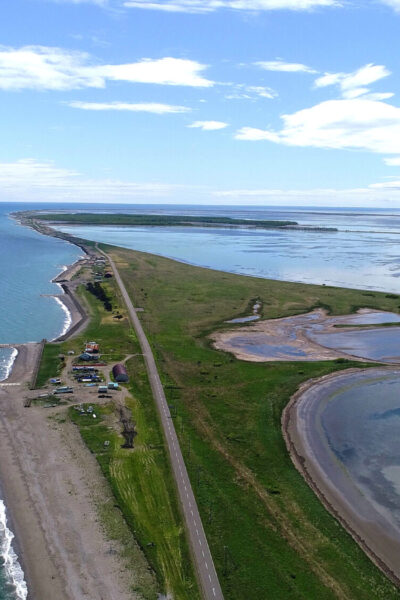
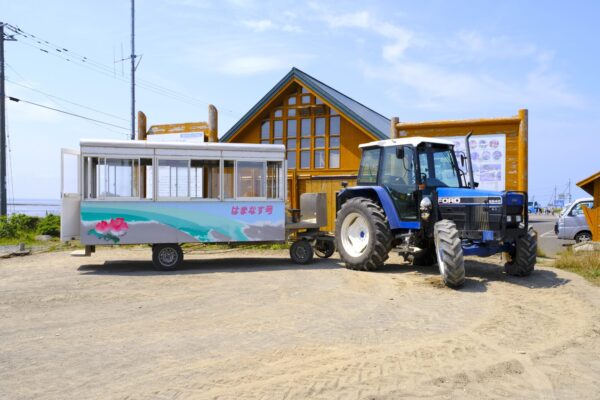
The Kaiyodai Observatory in Nakashibetsu Town is a renowned vantage point where visitors can relish magnificent natural vistas from spring to summer. Offering a sweeping 330-degree panoramic view, it underscores the earth’s curvature. Spring adorns the vast meadows with fresh greenery, while summer enriches the landscape with vivid colors, illuminating the meadows below. It’s also a serene retreat where visitors can escape the hustle and bustle of daily life, enjoying the fresh air and tranquility. On clear days, the view extends to the Nemuro Straits and Kunashiri Island, and the observatory offers an unparalleled view of the star-filled night sky. Inside, the observatory’s café serves a menu rich in local dairy products from Nakashibetsu, including the “Happiness Honey Soft” topped with generous amounts of honey, a delightful treat not to be missed.
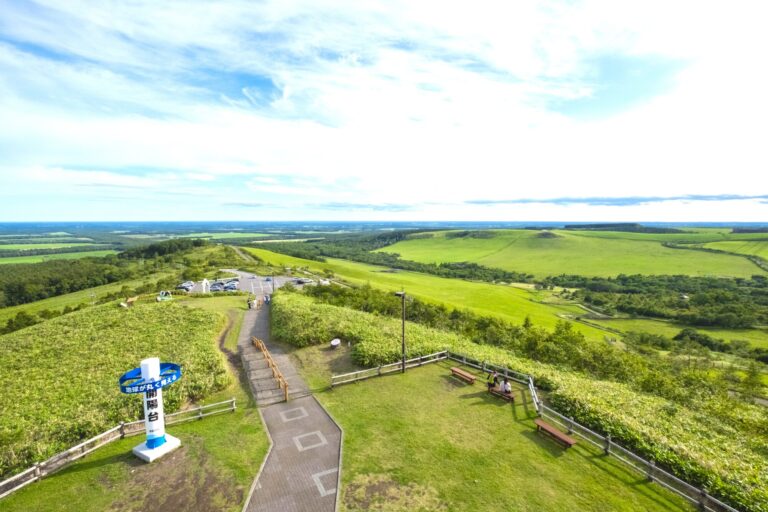
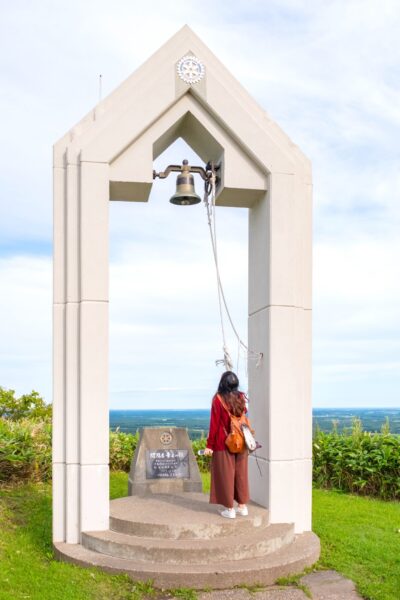
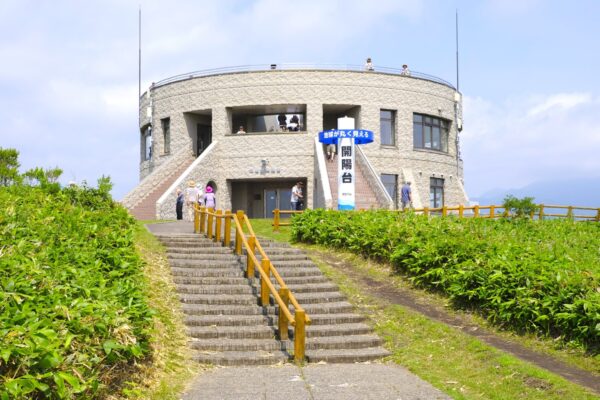
This website or project is subsidized by the Hokkaido Tourism Organization.
Copyright © Explorer The Wonderland.
Eastern Hokkaido Official web site
Eastern Hokkaido Official web site